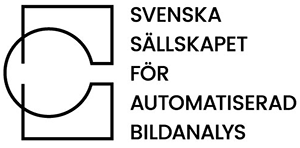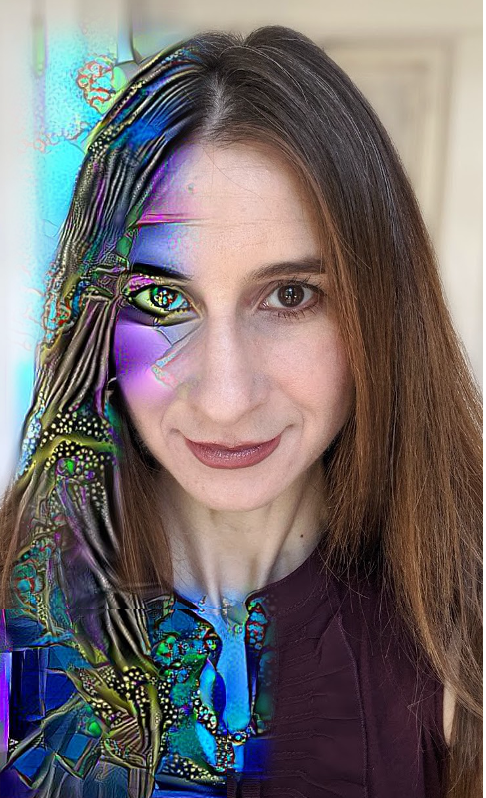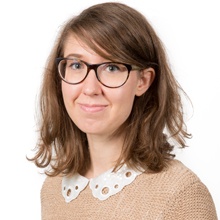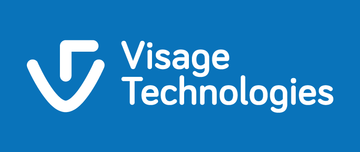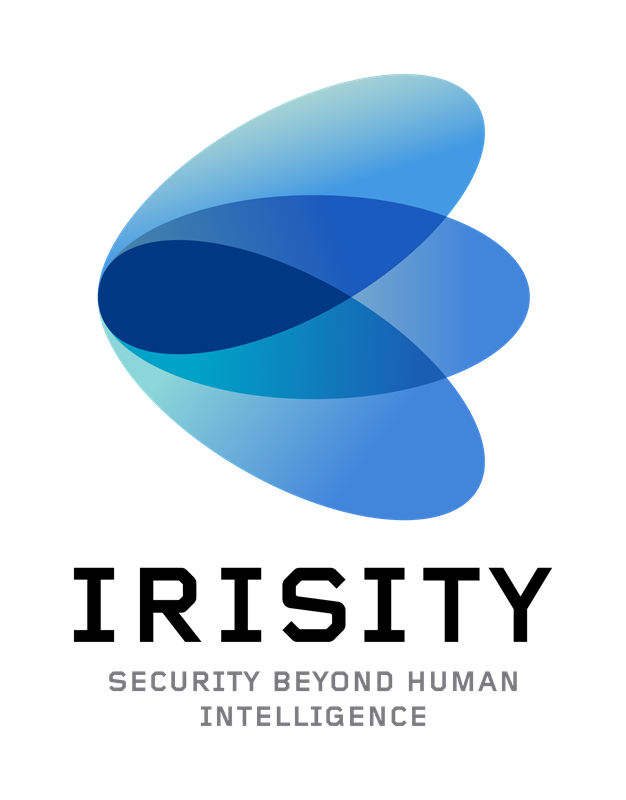SSDL 2022
5th Annual Swedish Symposium on Deep Learning
Ångström, Uppsala, March 14th
SSBA 2022
39th Annual Swedish Symposium on Image Analysis
Ångström, Uppsala, March 15th - 16th
Welcome to the Swedish symposia on deep learning and image
analysis!
SSDL/SSBA 2022 goes virtual!
Due to the pandemic, the symposium can not be held on site in Uppsala, but will be a virtual event. Participation will be free-of-charge for all.
SSDL/SSBA 2022 thereby marks the continuation of a 39-year-old
tradition of gathering researchers in the field of image analysis and pattern recognition
who are active in Sweden to share their latest findings and socialize in an annual
national forum.
SSDL is an important Swedish forum for leading research groups in industry and
academia to meet and discuss the latest trends and developments in deep learning and
related areas. SSDL 2022 will feature invited talks by leading researchers in deep
learning as well as oral and poster presentations of submitted papers and abstracts.
The SSBA symposium is the premier Swedish event where researchers, industrial
professionals and students gather to learn about the recent developments in the areas
of image processing, computer vision, pattern recognition and related fields. SSBA 2022
features keynote speakers and oral presentations and posters of submitted papers.
SSDL/SSBA 2022 is organized by the Department of Information Technology at Uppsala University, Centre for Image Analysis, and Swedish Society for Automated Image Analysis.



